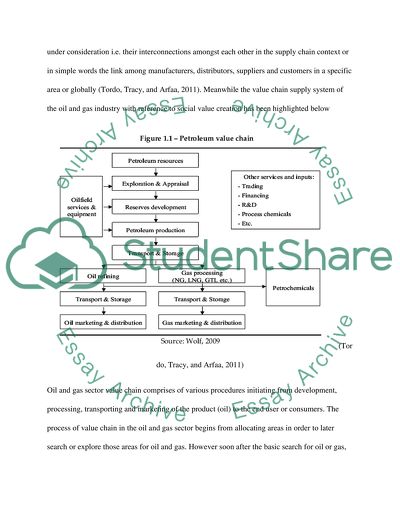Cite this document
(Maximizing Benefits from the Oil and Gas Production in Developing Coun Case Study, n.d.)
Maximizing Benefits from the Oil and Gas Production in Developing Coun Case Study. Retrieved from https://studentshare.org/other/1610561-oil-and-gas-management
Maximizing Benefits from the Oil and Gas Production in Developing Coun Case Study. Retrieved from https://studentshare.org/other/1610561-oil-and-gas-management
(Maximizing Benefits from the Oil and Gas Production in Developing Coun Case Study)
Maximizing Benefits from the Oil and Gas Production in Developing Coun Case Study. https://studentshare.org/other/1610561-oil-and-gas-management.
Maximizing Benefits from the Oil and Gas Production in Developing Coun Case Study. https://studentshare.org/other/1610561-oil-and-gas-management.
“Maximizing Benefits from the Oil and Gas Production in Developing Coun Case Study”. https://studentshare.org/other/1610561-oil-and-gas-management.


